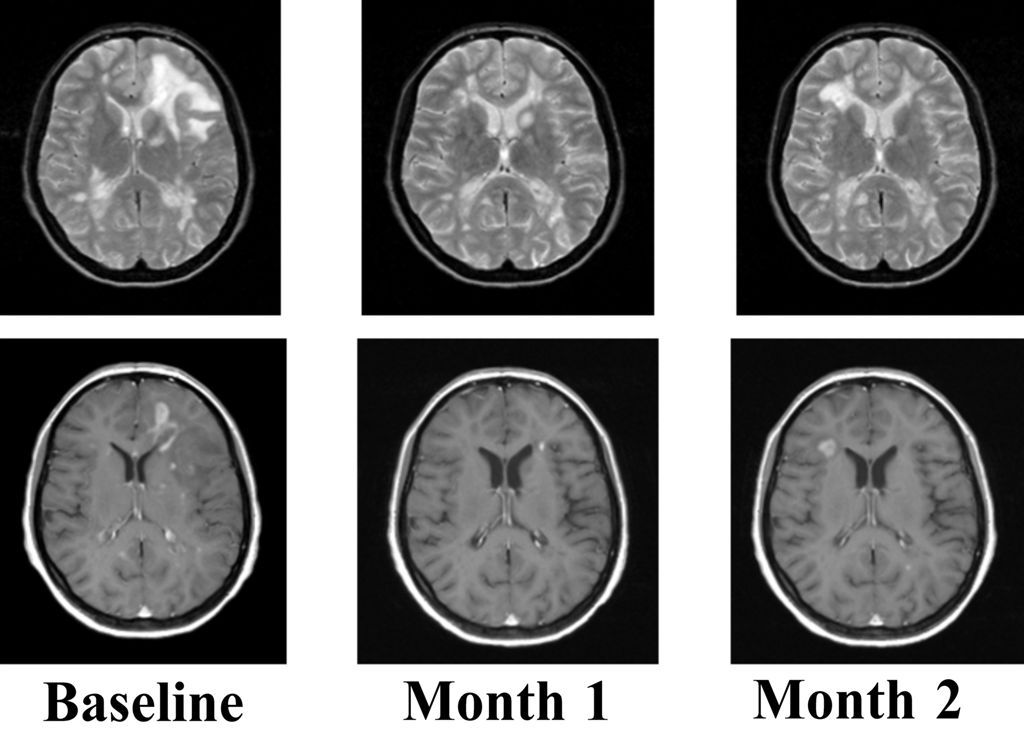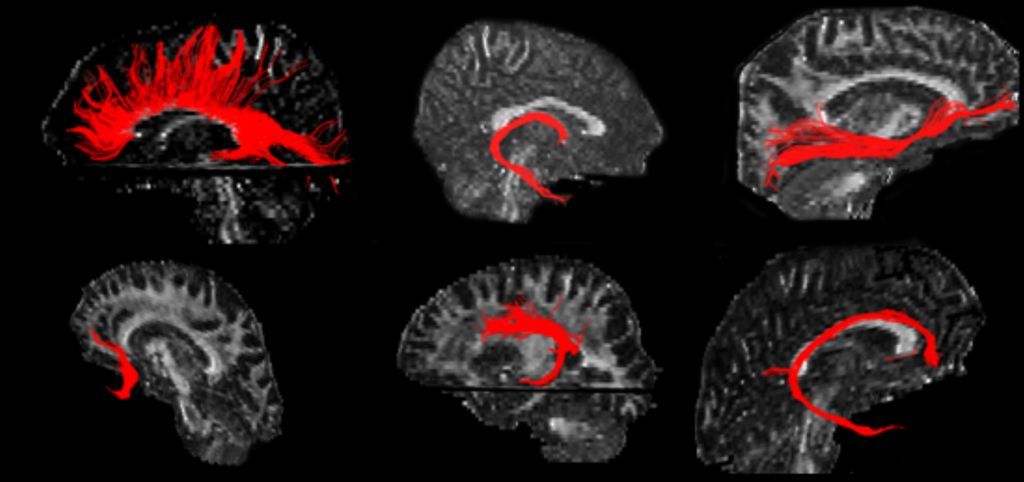Neuroimaging presentations demonstrate new insights into MS, migraine, and dementia
Innovative imaging techniques such as functional MRI or diffusion tensor imaging occupy an important place in modern neurology. With their help we can better understand such neurological disorders as multiple sclerosis, dementia, amyotrophic lateral sclerosis, or Alzheimer’s disease, according to Prof. Massimo Filippi, a member of the committee for the Annual Meeting of the European Neurological Society. ENS is taking place in Berlin between June 19 and 23. More than 3000 neurologists from around the world are meeting in Berlin.
Innovative imaging techniques such as functional MRI or diffusion tensor imaging occupy an important place in modern neurology. With their help we can better understand such neurological disorders as multiple sclerosis, dementia, amyotrophic lateral sclerosis, or Alzheimer’s disease, according to Prof. Massimo Filippi, a member of the committee for the Annual Meeting of the European Neurological Society. ENS is taking place in Berlin between June 19 and 23. More than 3000 neurologists from around the world are meeting in Berlin.
The proven imaging techniques in neurology, also referred to as neuroimaging, include functional magnetic resonance imaging (fMRI), diffusion tensor imaging, and voxel-based morphometry (VBM). These technologies provide precise images of the structure of the brain and allow doctors to observe its functional processes, from cellular changes to processes activated when people act, think, and feel.
“We have to learn to understand the central nervous system. That is the only way we can gain insights into the development of diseases and improve treatments,” said Prof. Filippi, director of the neuroimaging research unit in the neurology department at the Scientific Institute and University Ospedale San Raffaele in Milan, Italy.
Neurologists await with interest the results of numerous neuroimaging studies being presented at the ENS congress.
“We have gained interesting insights, particularly in the area of early detection and diagnosis of dementia, multiple sclerosis, Parkinson’s, ALS, and migraine,” Prof. Filippi said. “We have discovered that the development of dementia in older people can be more precisely predicted on the basis of changes in white matter in the brain.”

When we know how damage is accumulated in the brain, we can respond better to diseases and intervene more selectively,” Prof. Filippi said.

“ He and his research team presented a study investigating primary-progressive MS at the ENS congress. PPMS is the most severe form of MS because the patient’s condition constantly deteriorates. Using diffusion tensor imaging, researchers have examined the grey matter in the brain of MS patients. They demonstrated that the extent of tissue damage in the thalamus predicted the accumulation of MS-related disability five years later.
In another study, scientists assessed “fatigue syndrome,” one of the most common symptoms of MS. These patients suffer continual exhaustion and thus significant loss of quality of life. Using VBM, researchers were able to compare MS patients with and without fatigue and matched healthy volunteers. Significant differences were noted: MS patients with fatigue syndrome exhibited more severe grey matter atrophy in several left hemisphere frontal lobe areas than the control groups.
Neuroimaging techniques don’t always provide indicators for better diagnosis, early detection, or improved etiopathology. Sometimes the entire clinical picture has to be rethought. Thus scientists now assume that migraine is a progressive disease.
“We have been able to establish that the brain matter of migraine patients deteriorates with the duration of the disease,” Prof. Filippi said.
This assumption is based on a study comparing 82 migraine patients with different clinical characteristics. The results show that grey matter is affected in migraine patients according to the differing characteristics and duration of the disease.
Neuroimaging will continue in future to play an important role in the research on and treatment of neurological diseases. The goal is to improve techniques even further. Scientists are already focussing on a combination of functional MRI and EEG. They hope with this combination to gain new insights into how the human brain works.
GE HealthCare Debuts AI-Powered Cardiac CT Device at ACC Conference
April 1st 2025Featuring enhanced low-dose image quality with motion-free images, the Revolution Vibe CT system reportedly facilitates improved diagnostic clarity for patients with conditions ranging from in-stent restenosis to atrial fibrillation.
The Reading Room Podcast: Current Perspectives on the Updated Appropriate Use Criteria for Brain PET
March 18th 2025In a new podcast, Satoshi Minoshima, M.D., Ph.D., and James Williams, Ph.D., share their insights on the recently updated appropriate use criteria for amyloid PET and tau PET in patients with mild cognitive impairment.